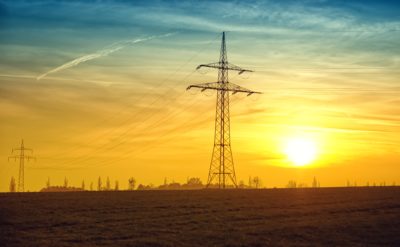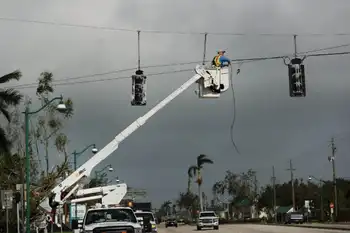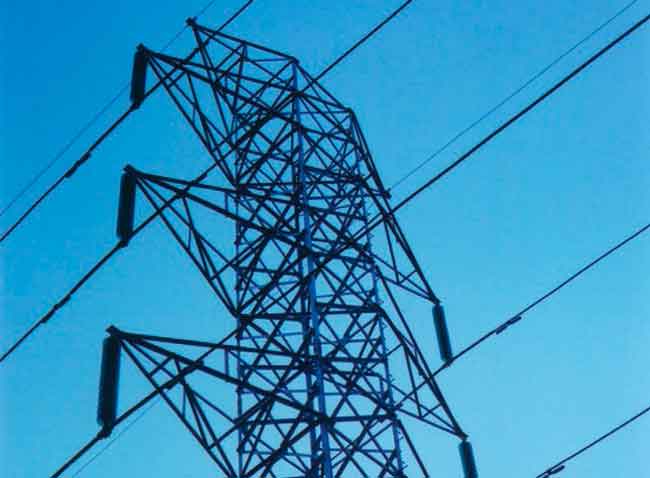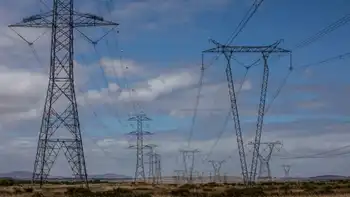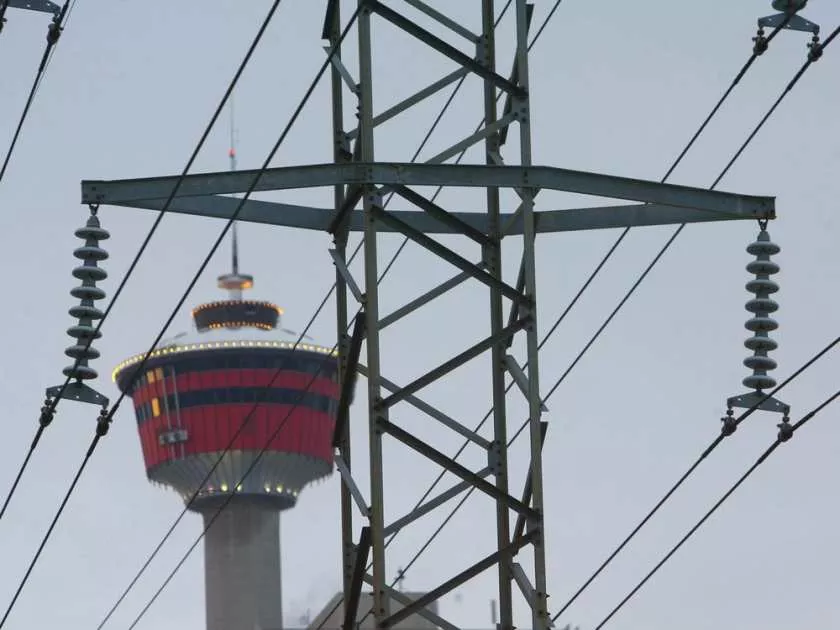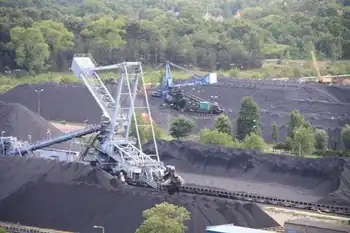Lack of data heightens nuclear crisis
By New York Times
CSA Z463 Electrical Maintenance
Our customized live online or in‑person group training can be delivered to your staff at your location.

- Live Online
- 6 hours Instructor-led
- Group Training Available
That depends to a considerable extent on how hot the uranium fuel rods at the power plant remain, and whether fuel has escaped its containment, or might still do so. Yet remarkably little is known for sure about what is really happening inside the reactors because some areas remain far too radioactive for workers to approach, and some instruments have malfunctioned.
The paucity of data and the conflicting estimates of what the available information really means have prompted a series of confusing analyses and a rift between officials in Japan and those overseas — and even between one member of Congress and the United States Nuclear Regulatory Commission.
The commission speculated that the nuclear fuel in the core of one of the stricken reactors had probably leaked from its thick steel pressure vessel, its most important protective barrier. If that proved to be accurate, it would raise the prospect of continuing fuel leaks and high levels of radioactive releases that would vastly complicate containment and the cleanup.
But Japanese officials said there was no evidence of a compromised pressure vessel, and they wondered why they were reading about it in the newspapers.
“If they have a concern, they should inform us,” said Kentaro Morita of Japan’s nuclear regulatory body, the Nuclear and Industrial Safety Agency, after its American counterpart sounded the alarm over a possible nuclear fuel leak at the plant’s Reactor No. 2, clearly contradicting Japanese accounts. “They didn’t say such concerns to us directly,” Mr. Morita said.
A senior Foreign Ministry official, meanwhile, accused the foreign media of exaggerating the threat posed by the power plant and the radiation spreading from it. Radiation fears are hurting sales of Japanese products abroad.
Who is proved right in the scientific debate has great repercussions for how and when the nuclear crisis might be brought under control, and the potential implications if assumptions prove wrong.
From the start there have been differences, with the American authorities expressing a more pessimistic view than the Japanese.
The United States has advised Americans to stay at least 50 miles away from the Fukushima Daiichi plant. Japanese officials evacuated residents within a 12-mile radius, and have since said they are considering expanding the evacuation zone.
An assessment in late March by the Nuclear Regulatory Commission said that hydrogen explosions at the plant might have blown particles of nuclear fuel from the reactorsÂ’ spent-fuel pools up to a mile away. The Tokyo Electric Power Company, the operator of the Fukushima Daiichi plant, says that while the pools remain exposed at the most-damaged reactors, the fuel remains safely inside.
American officials are also concerned that mounting stresses on the reactorsÂ’ containment structures as they fill up with radioactive water used in emergency cooling make them vulnerable to rupture in an aftershock from the March 11 earthquake. Japanese officials have played down that concern, and then they said a sizable aftershock that struck overnight had caused no further damage at the plant.
The rift also highlights the difficulty of a debate in which both sides are forced to extrapolate possible situations with little access to crucial readings from inside the reactors.
Much of the automated measurement equipment in the reactors has been damaged, either by explosions in the early days of the crisis or by intense radiation since then. Damage to the reactors, as well as high radiation, has prevented technicians from making detailed assessments.
The Pentagon has provided airborne surveillance drones that can help monitor ground-level radiation at the plant. It is possible that American officials are basing their analysis on data they have collected independently, though Obama administration officials say they have shared their information with the Japanese.
Even so, it is not easy to explain why such different theories are being offered on fundamental questions like whether radioactive fuel from the steel reactor pressure vessel at Unit No. 2 is leaking into the bottom of the containment structure.
The Nuclear Regulatory Commission cited high levels of radiation at one spot inside the containment structure at Reactor No. 2 as evidence for its analysis. In addition, extremely high levels of radiation were detected in the water from a recently stanched leak that ran from the reactor building into a drainage ditch and into the ocean.
The Japanese flatly deny that possibility. “At this moment we do not have any data that shows there has been leakage to the containment vessels,” said Hidehiko Nishiyama, deputy director general at the Japanese regulatory agency. He also said that the Japanese and American regulators, who talk every day, were no longer so far apart on this question.
Japanese officials believe that water pumped into the reactor to cool it — as opposed to the nuclear fuel itself — might have somehow leaked out. In addition, there is evidence that an explosion may have breached the primary containment structure, which may have allowed highly radioactive water into other parts of the plant and into the ocean.
Domestic political priorities appear to be driving at least some of the reactions in both countries. In the aftermath of the 1979 accident at Three Mile Island in Pennsylvania, nuclear regulators in the United States have often planned for and talked about the worst possibilities to avoid accusations that they are lax about safety.
The pressure on American officials to give well-rounded explanations about the potential threat remains high. In fact, some members of Congress who are critics of the nuclear power industry are skeptical that the regulatory commission has been as forthcoming as it should be about the risks posed by JapanÂ’s nuclear crisis or the potential impact on American nuclear power plants that use similar technology.
Representative Edward J. Markey, Democrat of Massachusetts, an outspoken critic, engaged in a running debate with members of the commissionÂ’s staff over the conditions at Reactor No. 2 in Japan. Mr. Markey said the regulators had told his staff that fuel was leaking from the reactor, but then the commission issued a more ambiguous public statement.
“I find it rather curious that some within the Nuclear Regulatory Commission are attempting to deny the findings their own technical staff conveyed to my office as soon as it became clear that this information showed a meltdown that is more severe than some people apparently wish to acknowledge,” Mr. Markey said in a statement.
On the Japanese side, officials have an obvious desire to avoid causing panic in public statements.
“We have a very conservative culture in the nuclear industry” in the United States, said Murray E. Jennex, a professor at San Diego State University and a specialist in nuclear containment structures. “There’s nothing to gain by the N.R.C. saying things are good. At the same time, there’s nothing to gain by Tokyo Electric not downplaying stuff.”
The Americans also appear to rely more heavily on complex computer programs like Melcor that use available data to extrapolate conditions in reactors after accidents. But the regulatory commission appears to have partly relied on data provided by Tokyo Electric, something that engineers skeptical of the power company say compromises the validity of the findings.
“When the input numbers are no good, the output numbers are no good,” said Satoshi Sato, a former engineer at General Electric, which designed the reactors at Fukushima Daiichi. He argues that the conditions in the reactors are probably worse than the Japanese have reported.
The Japanese also seem to prefer presenting raw data without explaining what they think it means, said Takashi Inoue, a professor of public relations at Waseda University. Every day, Tokyo Electric, the nuclear agency, the chief cabinet secretary and others hold news conferences at which they present a blizzard of facts and numbers but rarely make broader declarations about the conditions at Fukushima Daiichi.
Industry experts are split.
Yoichi Kikuchi, a Japanese nuclear engineer who helped design the containment vessel at one of the Fukushima Daiichi reactors, agreed with the Americans that a fuel leak was possible. He said that the pressure vessel at Reactor No. 2 was especially vulnerable because of openings at the bottom where control rods are inserted. If the fuel were melting, the metal welding around those openings would easily give way, allowing the fuel to travel into the drywell, he said. The fuel could then react with the water in the suppression chamber, setting off a vapor explosion and a huge release of radiation into the air, he said.
Shuichi Iwata, a nuclear fuel expert at Tokyo University, said that he thought a leak of fuel was probably occurring, but that the consequences might not be great. “The worst case is not happening, I think,” he said.
But Toshihiro Yamamoto, an associate professor in nuclear engineering at the Kyoto University Research Reactor Institute, said the nuclear agencyÂ’s explanation was more likely. He said that it was water, not fuel, escaping from the same openings, or perhaps from a damaged circulation pump higher in the vessel.
Masashi Goto, a former Toshiba nuclear power plant designer, said that Japanese officials appeared to have decided that they gained nothing but panic from predicting outcomes. “They will never speak about the worst-case scenario,” he said. “They will never predict.”





